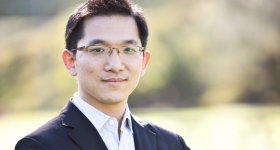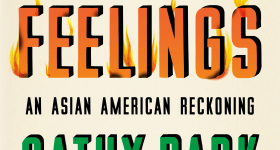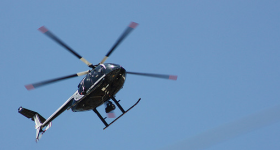Bullying includes verbal taunting, physical assaults, exclusion from a peer group, spreading rumors and cyber bullying — and Asian Americans are the most frequently bullied ethnic group, according to a 2004 study conducted with nearly 1,400 students. Psychologists believe Asians are particularly vulnerable to bullying because of stereotypes of being submissive. Read more about Asian Americans and bullying from the Issue 24 feature here.
Here are some accounts of Asian American bullying victims.
---
One Taiwanese American woman, now in her early 40s and who wishes to remain anonymous, remembers the bullying she endured growing up in a predominantly Latino neighborhood in Queens, NY. “There was a period of time (when I was 11) when a group of kids would follow me home from school and call me names, make me trip, hit and shove me. They found it very amusing and funny.”
When the woman told her parents about the incidents, she didn't get much of a response. “My parents are not comfortable talking about feelings. I believe they thought it was just a few kids making occasional mischief and didn't ask further questions.”
The bullying, she said, lasted for a few weeks and culminated when the bullies came to her house and broke a window with a large stone. In retrospect, she said that was actually a good thing. “Otherwise, it wouldn't have come out in the open and consequently stopped.”
---
Sixteen-year-old Loan Tran in Charlotte, NC, has had to endure bullying for being Asian American as well as being gay. “In middle school, I got teased for having an immigrant identity. People would call me names like ‘rice picker’ or ‘fresh off the boat.’ ” She still hears these types of verbal assaults in school. “Starting high school, I was getting teased for my sexual orientation,” she said. “I feel like the bullying I have faced has my ethnicity always intertwined with my LGBT identity,” she added.
During her weeks riding on the bus freshman year, she was verbally bullied and then a kid who was tapping on the back of her head threatened to punch her in the face. “It was definitely a competition to see who was the coolest by being the meanest,” Tran said. Soon after that incident, she asked her mom to drive her to school, partly because of the bullying.
She has even been intimidated from other Asian Americans about her LGBT status. “Other Asian Americans have said to me, ‘Is that something that the Asian culture really wants to support?’ I find that it’s really interesting that they would use one aspect of me to bully the other aspect of me,” Tran said. She also said that she didn’t feel supported by her mother when she tried to talk about the bullying. “She was reassuring and dismissive, said it was going to be OK,” Tran said, but she didn’t feel that was enough.
---
In Whittier, CA, Tina Tsai recalled being shoved so hard that she fell on a concrete sidewalk when she was 9 years old by an older girl. The physical bullying followed after the girl had been making racist taunts, like putting her hands together and bowing to her while saying “shalom,” for some bizarre reason. Her friends jumped to her defense and shouted at the bully, “She didn’t do anything to you! Why did you push her! That’s just mean!”
Tsai, who is now a 33-year-old teacher and author, said, “They totally had my back, and the chorus of their indignation caused her to back down.” The bully never bothered her again — illustrating how bystander intervention can be effective.









Comments